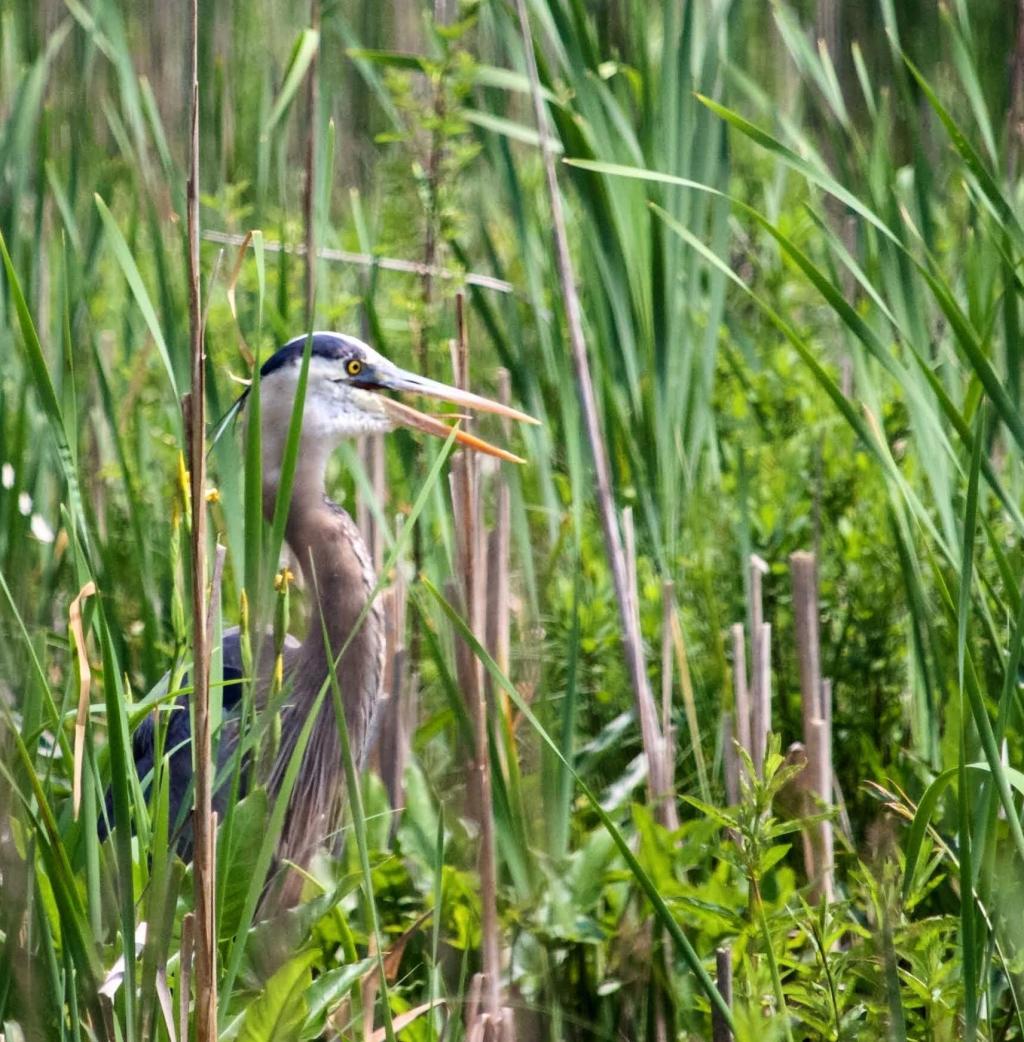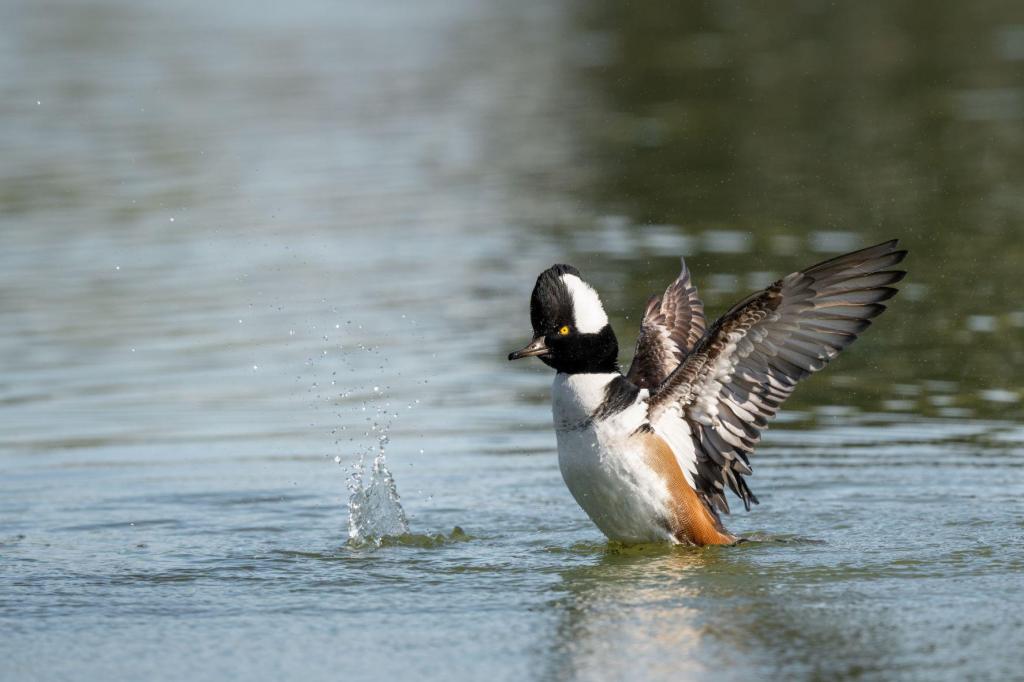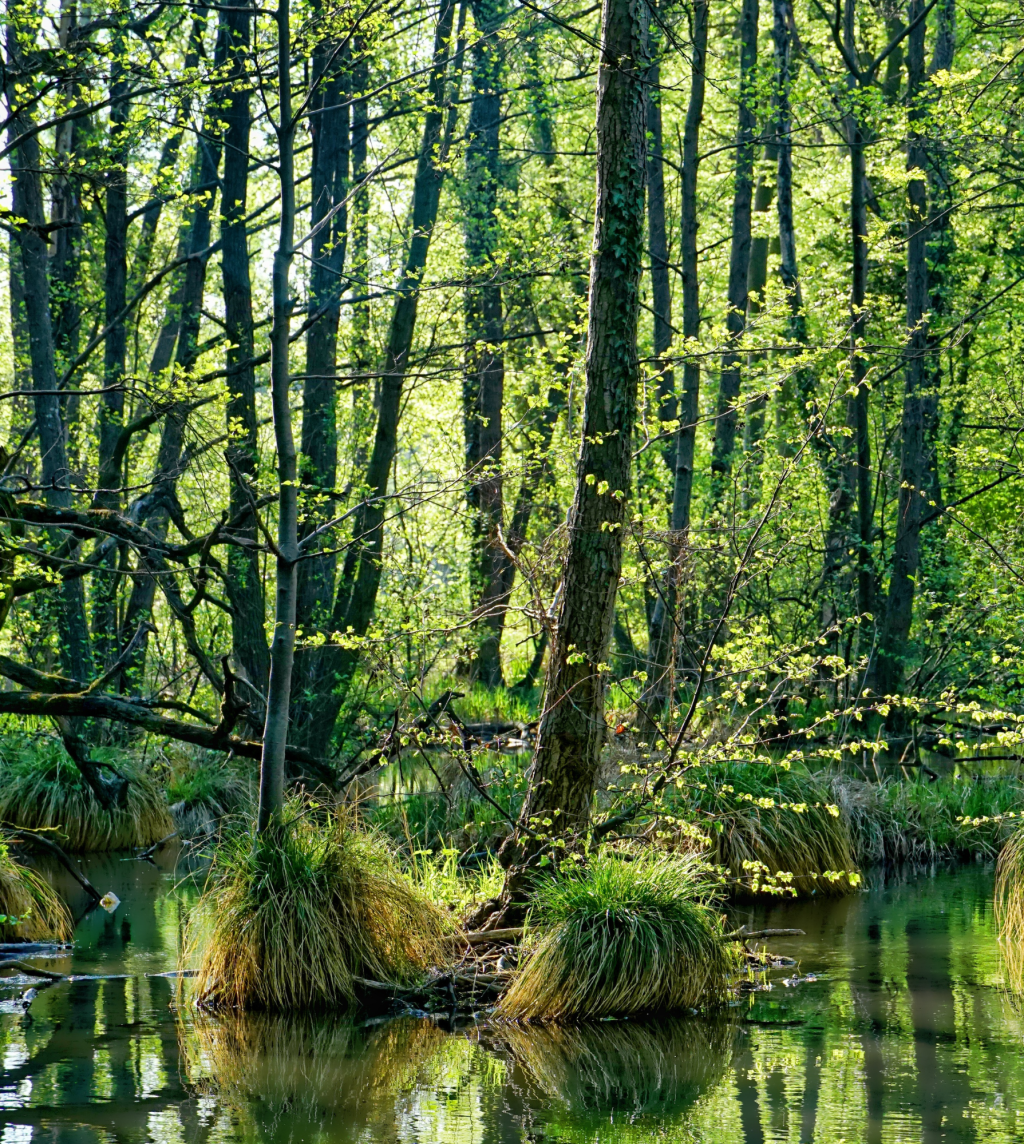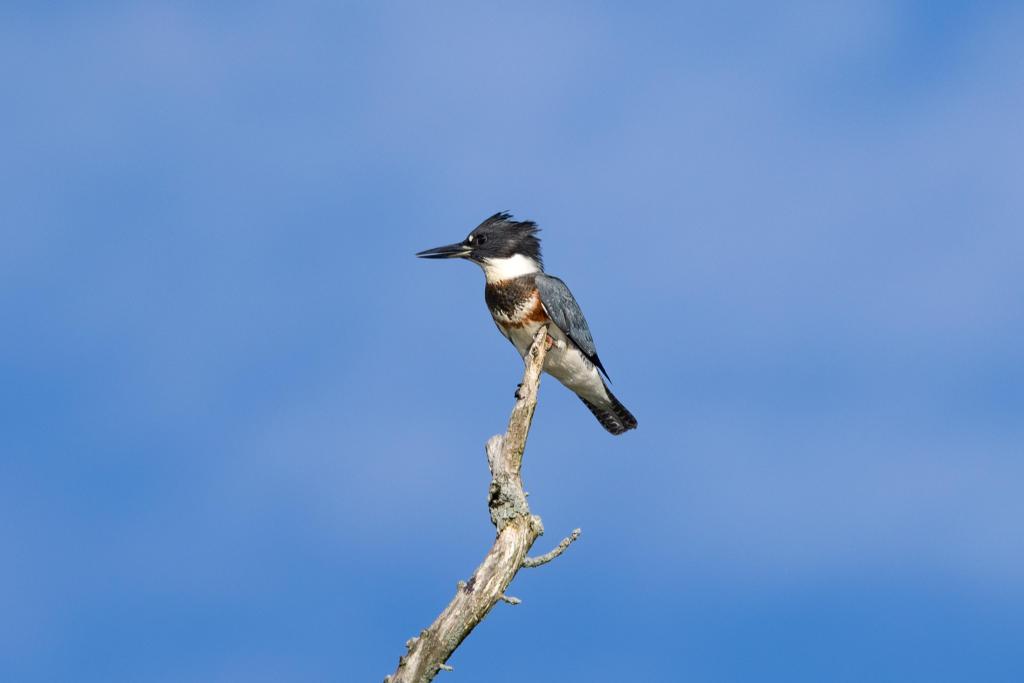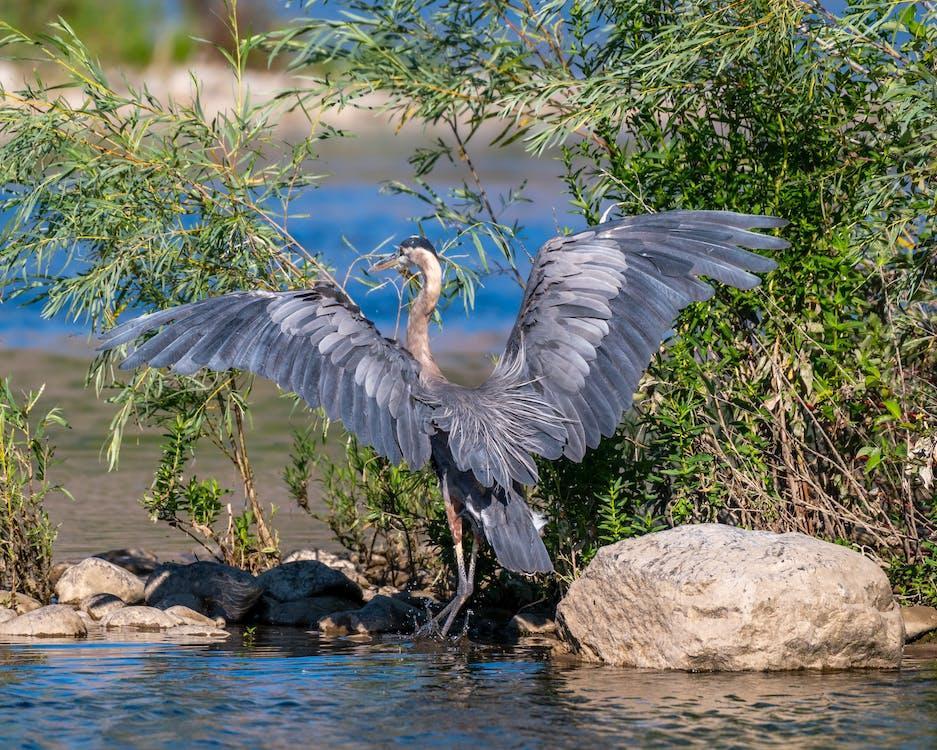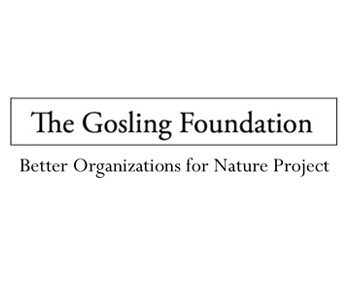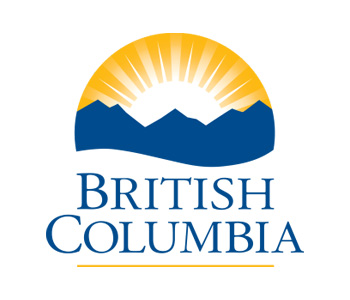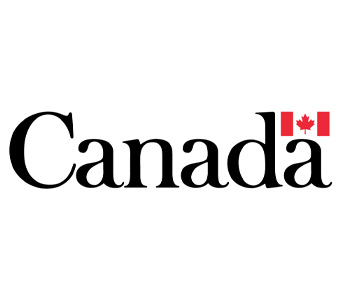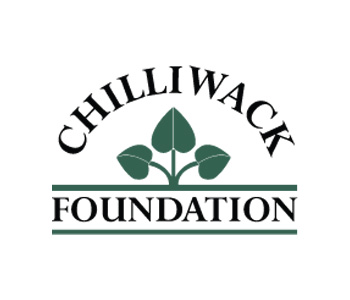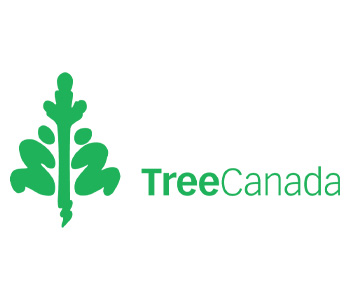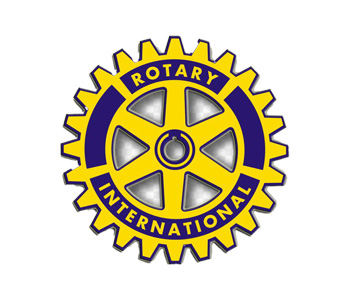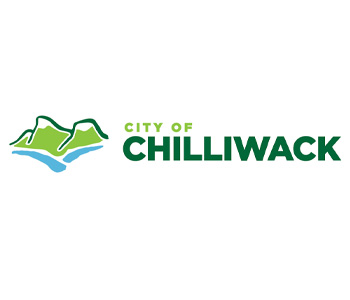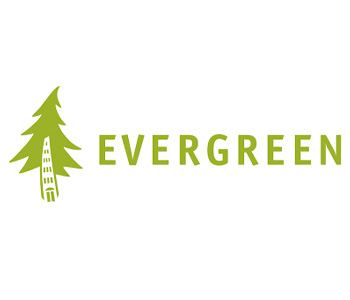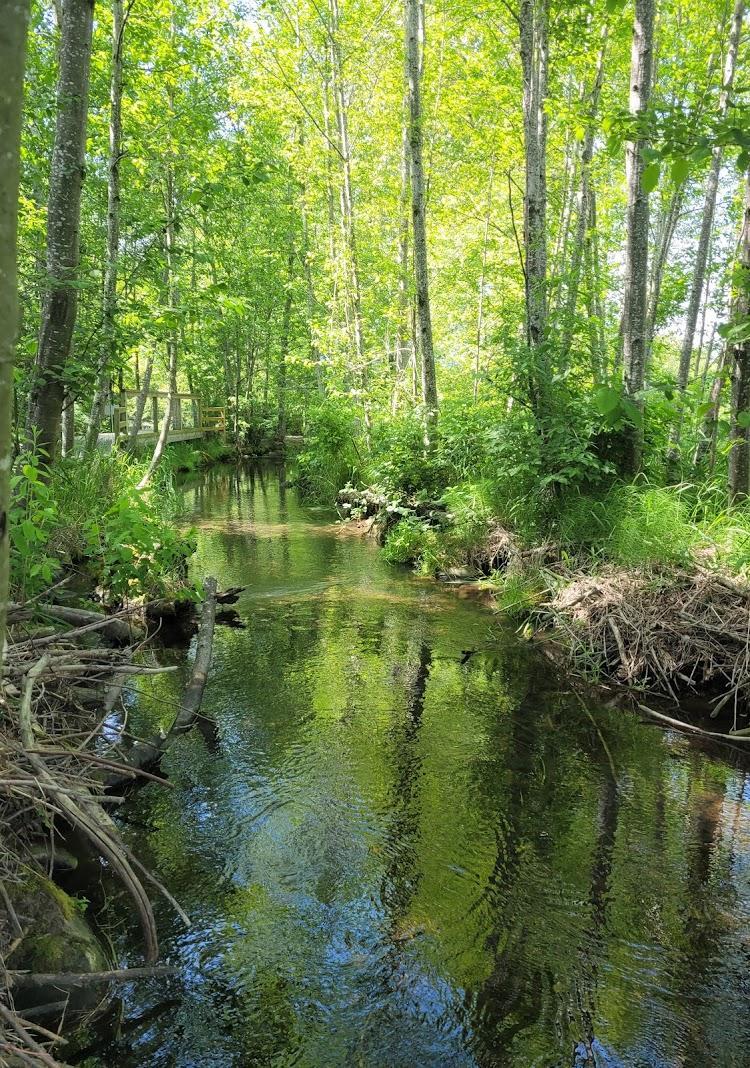
The Salwein Wetlands
The 326-acre Salwein Wetlands at the Great Blue Heron Nature Reserve are the only undyked wetland habitat connected to the Chilliwack/Vedder River and provide essential habitat for a variety of wildlife, including waterfowl, amphibians, eagles, bobcats, herons, and multiple salmon species. The restored Salwein Creek, connected to the wetlands, supports spawning habitat for multiple species of Salmon and habitat for the red-listed Salish Sucker. Unfortunately, the wetlands have experienced significant degradation over the years due to human development, leading to a reduction in size, increased nutrient and sediment deposits, and the spread of invasive species. Conservation efforts are essential to protect this critical wetland habitat and its unique biodiversity. The Nature Reserve contains 3 classes of wetlands: shallow open water, marsh, and swamp. You can learn more about them below!
